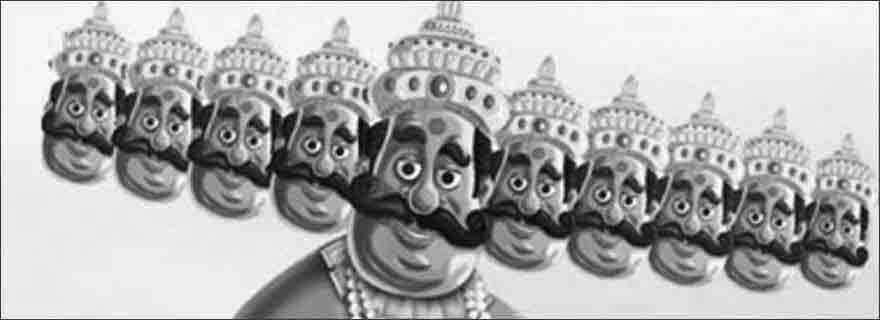Dussehra 2024: Significance, Rituals, and Celebrations of Vijayadashami – The Victory of Good Over Evil
Dussehra 2024 – Vijayadashami Puja Date (Saturday, 12th October 2024)
Dussehra in 2024 will be celebrated on Saturday, 12th October. This festival marks the Victory of Good over Evil and is celebrated by Hindus across India.

Dussehra: Celebrating Rama’s Victory Over Ravana
The first major festival following Navratri is Dussehra (also known as Vijayadashami), celebrated on the tenth day. This day commemorates the victory of Lord Rama over the 10-headed demon king Ravana, who abducted Rama’s wife, Sita. Rama, with the help of Lakshman, Hanuman, and an army of monkeys, fought a great battle to rescue Sita and finally killed Ravana by piercing his navel, destroying his invincibility.
Saturday, 12th October 2024 – Dussehra in India
This year, Dussehra will be celebrated on Saturday, 12th October 2024. The festival is unique and holds great significance as it symbolizes the triumph of righteousness over evil.
The Legend of Dussehra and Ramayana
On this day, Rama, the devoted follower of Goddess Durga, prayed for nine days during his battle with Ravana and killed him on the tenth day. The victorious return of Rama, Sita, and Lakshman to Ayodhya is celebrated during Diwali, with homes lit by earthen lamps and firecrackers. Year after year, the story of Ramayana is enacted in towns and villages during Dussehra and Diwali in elaborate dramas known as Ramlila.
Rama also slew Ravana’s brother Kumbhkarna, known for hibernating for six months each year, and Lakshman killed Ravana’s son, Meghnath. These events symbolize the triumph of good over evil, which is at the heart of Dussehra celebrations. Ramlila is staged across the country, depicting scenes from the epic Ramayana.
The Story of Goddess Durga and Mahishasura
Another legend associated with Dussehra is that of Goddess Durga slaying the buffalo-demon Mahishasura. After receiving blessings from Lord Brahma, Mahishasura terrorized the heavens, and the gods created Durga, who wielded the power and weapons of all the deities. Durga defeated Mahishasura, further cementing the victory of good over evil.
Weapon Worship on Dussehra
In ancient times, kings used Dussehra as a time to begin their campaigns, crossing borders and engaging in battles with neighboring kingdoms. This tradition, known as “seema ollanghan,” marked the start of the war season. Dussehra is also the day for worshiping weapons, a custom rooted in the Pandavas’ practice of hiding their
Latest Articles
- Zodiac Signs and Money Management
- Transit of Mercury into Leo on 27 June 2025
- Transit of Mercury into Cancer – Effects and Remedies
- Sun Transit in Gemini 2025 – Effects on All Zodiac Signs
- Jupiter is combust in the Gemini sign (9th June, 2025)
- Mercury’s transit in Gemini (6th June, 2025)
- Transit of Venus in Aries (31 May, 2025)
- Numerology for Daily Life: Align Your Name, Numbers, and Destiny
© 2025 by Truthstar Future Vision Pvt Ltd All Right Reserved



